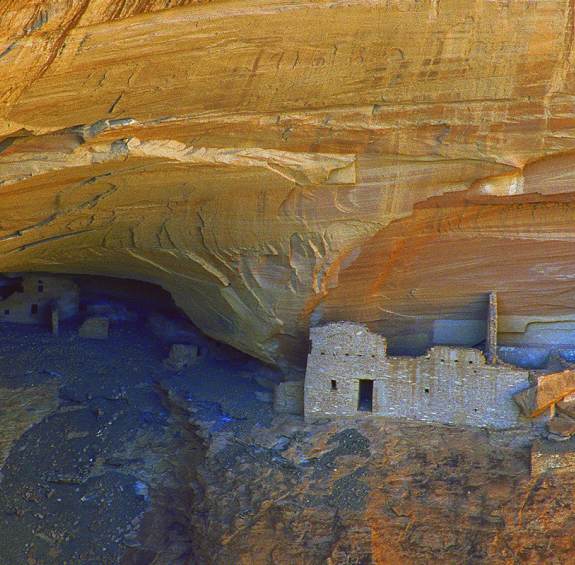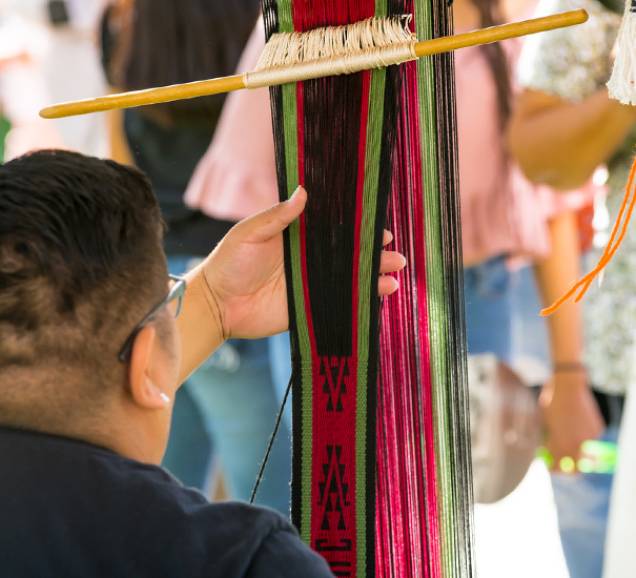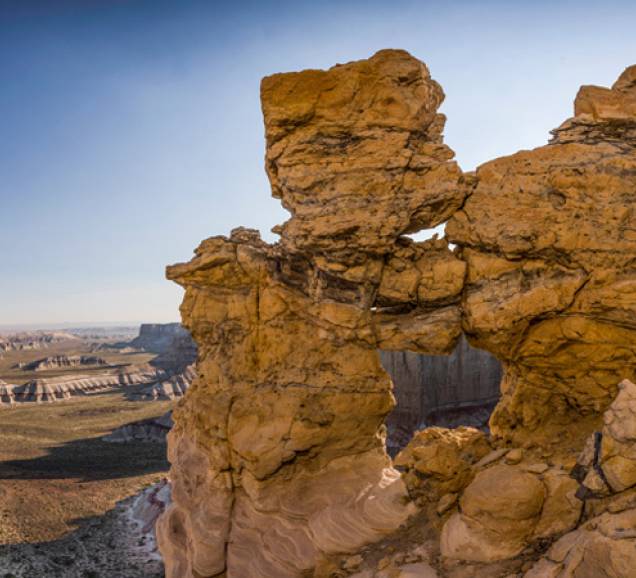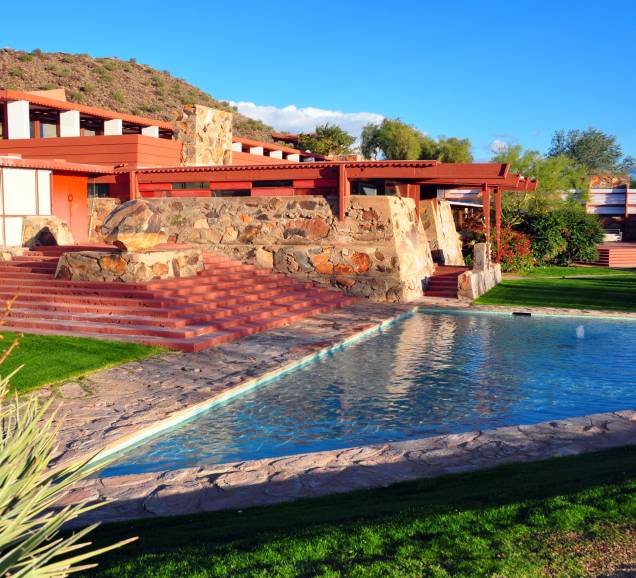Explore History
Visiting Tribal Lands
Each of the 22 American Indian Tribes in Arizona operates under its own unique governmental structure and establishes its own rules for visitors.

Visitors should not assume that what applies in one Tribal community is the general rule for all Tribal communities. Please observe all Tribal laws and regulations. For specific information, we recommend that you contact the individual tribe(s) prior to your visit.
Guidelines, dos and don'ts when visiting Tribal lands
- Taking photos, video and audio recordings, as well as sketching, is a particularly sensitive issue. Permits may be required, and fees and restrictions vary, particularly for professionals. Therefore, it is important to contact each individual Tribe regarding its policies. Do not attempt to engage in any of the above-mentioned activities without prior authorization. Failure to comply with Tribal regulations could result in fines, confiscation of equipment and/or expulsion from Tribal Lands.
- Dances are sacred ceremonies. Observe them as you would any other religious function by dressing and acting appropriately. Be mindful of where you sit, stand and walk. For example, at certain Hopi dances, men and women sit apart; during pow wows, it may not be appropriate to stand beside a drum; and it is inappropriate to walk across the pow wow arena during a dance. Never pick up any object that is dropped during a ceremony. Please refrain from talking to the ceremonial dancers. Applause after ceremonial dances is considered inappropriate.
- Some of the Tribal buildings and structures may be several hundred years old and damage easily; do not climb on walls or other structures. Do not disturb or remove animals, plants, rocks or artifacts including pot shards, as Tribal and federal laws prohibit the removal of such items.
- Use caution when driving, especially at night. Much of the reservation land is open range, and small herds of sheep, goats, cattle and horses move freely along and across roads.
- Like any community, a reservation is a home to those who live and work there and should be respected as such. Although most reservation communities are open to the public during daylight hours, the homes are private and should be entered only by invitation.
Explore Arizona
More Inspiration

Arts & Culture
How to Buy American Indian Arts and Crafts
Visitors to any of the 22 tribes in Arizona have a wonderful opportunity to buy handmade work directly from the artist or an approved retailer....
Learn More
Road Trips
Touring Tribal Lands in Arizona
From cultural etiquette to tour suggestions, here's everything you need to know about visiting the many tribal communities in Arizona.
Learn More
Must Do
Arizona's Must-Do Guided Tours
Forget everything you know about tours. In Arizona, guided adventures not only offer a behind-the-scenes look at the state's...
Learn More





